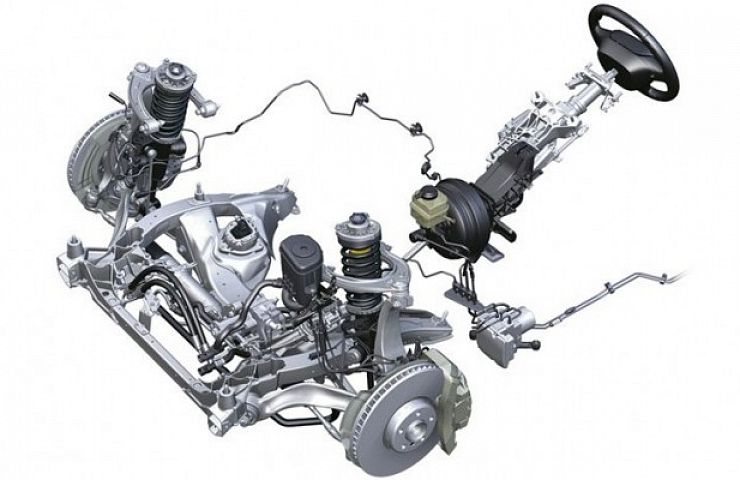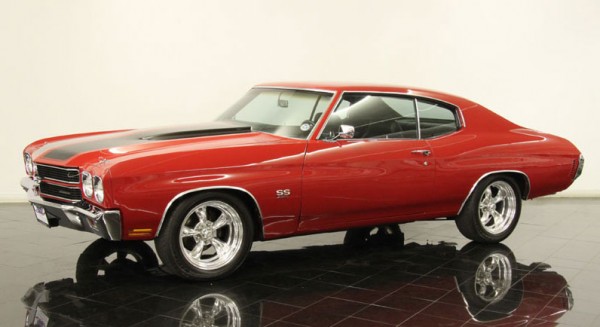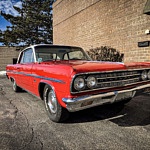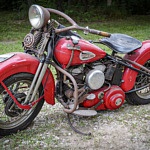Engine, transmissions, differentials, and suspension systems are all important parts of your car. But just as vital, and often overlooked, is the steering system. After all, how are you going to get where you want to go without turning your vehicle?
The basics are easy to understand. You have a steering wheel, connected to a steering box or steering rack, which is connected to the front wheels. Turn the steering wheel and the front wheels turn accordingly. Simple, right?
Well, there’s a lot more to it than just that. Inside that system are gears, universal joints, tie rods, ball joints, spindles, center links, pitman arms, idler arms, and more. It all depends on what kind of car you have. Here’s a quick look at some of the basic systems out there today, and what makes them tick.
Shop now for steering system partsSteering Systems Types
One of two systems is usually found in the cars and trucks on today’s roads. First, the recirculating ball mechanism. This system uses a steering box, which is connected to your steering wheel via a shaft that runs down the steering column. Inside the steering box is a worm gear that rides on ball bearings. That worm gear meshes up with what’s called a sector gear, which then moves a pitman arm. That’s connected to the steering wheels through a center link, an idler arm, and inner and outer tie rod ends. This was used a lot in the 1950s and 1960s — cars like this 1970 Chevrolet Chevelle are a good example of cars that feature the system – although a lot of heavy-duty trucks still use it today because it’s strong.
The second and much more popular modern design is a rack and pinion setup. This is a simple setup, with a pinion gear at the end of the steering shaft, which meshes up to a linear gear that moves the rack from side to side. These systems are really effective, giving great response and steering feel. If you drive a modern car, like the Nissan 350Z, you’re using a steering rack.
Who’s Got the Power?
And what about power steering? Well, in an effort to lower steering effort for the driver, the power steering system uses pressurized hydraulic fluid from an engine-mounted pump to pressurize the internal parts of a steering rack or steering box. This, in turn, lowers the effort it takes for the driver to turn wheel. This was especially important when front-wheel drive cars hit the road, as all the mass of the engine, steering components, and drive components on the front end of the car made steering a little tough.
Electric Power Steering Systems
More recently, electronic power steering systems have started to become popular. They’re known to be more efficient than their hydraulic counterparts, since they don’t need to work until the steering wheel is turned (unlike a hydraulic system, which is always running when the engine is running). They’re safer too, since they continue to function even if the engine quits running. And, since there is no belt pulling energy from the front of the engine, these systems help cars achieve better mpg ratings as well. Older vehicles can be upgraded to electric power steering with aftermarket kits.
Over the years, steering designs have evolved pretty far, and today, a lot of cars use four-wheel steering for better performance and handling. This helps both at speed and in parking lot maneuverability. When moving slowly, the rear wheels will turn opposite the front wheels, which shrinks a car’s turning radius. In high speed situations, the wheels all turn the same direction. Ever wonder how monster trucks can turn around inside small indoor arenas? They use four-wheel steering.
That more or less covers the basics of steering. In the next post, we’ll take a look at another vital component of your car: brakes.






